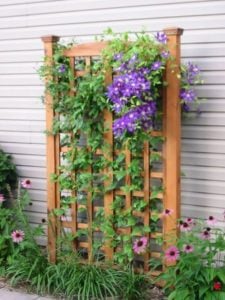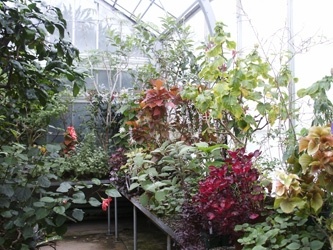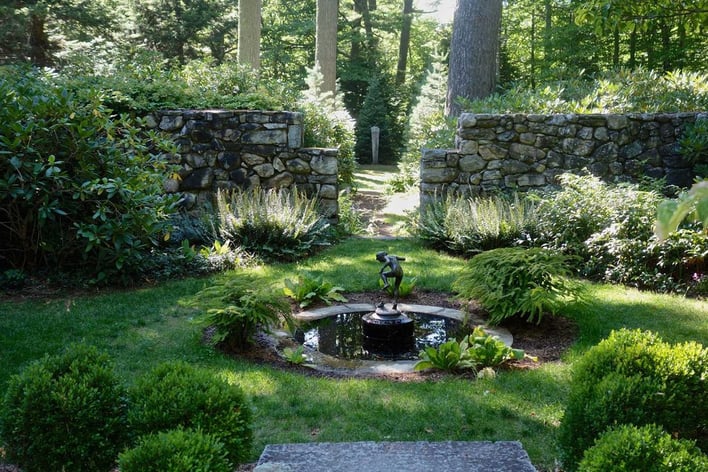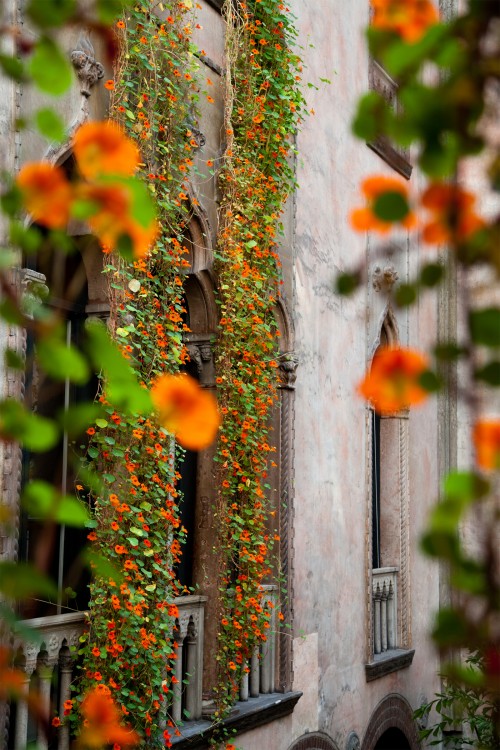“Urban Gardening” is a term heard quite often in recent years as we’ve witnessed beautiful flower and vegetable beds flourishing on top of Boston’s highest buildings. Once unused and covered in tar, these rooftops are being converted one by one into magnificent, landscaped oasis’ that are incredibly purposeful in their design. Not only are these areas transformed into “green” areas where people can connect with the great outdoors but these gardens are also providing a healthy source of food for their proprietors. Tomatoes, cucumbers, peppers, eggplant and lettuce are just a few of the delicious assortments of crops Bostonians are harvesting right above their ceilings. Depending on the garden, a percentage of produce are sometimes even being donated to local shelters and food pantries, not only promoting healthy eating but also showing kindness to others who are less fortunate. Further implementation of these efforts is also used for local food market inventory and restaurants focusing on the “farm to table” concept. Pretty amazing, right?
 photo via NBC News -
photo via NBC News -
You might ask yourself how a slab of roofing is magically changed into these cultivatable platforms that are hundreds of feet up in the sky? Thankfully, you don’t have to enlist the expertise of a high-priced designer or fancy architect to complete the job. You will on the other hand, need to first make sure that the roof is secure to withstand the weight of a garden. For this job, you might have to hire a pro but once you get the “ok”, you can pretty much do the rest on your own. First, you’ll need to purchase raised bed brackets that are made out of plastic or other light form of material and put them together. Wood gets heavy after its been rained on for a bit so unless you are making this garden on top of steel, stick to other options available. Next, fill the beds with soil adding miracle grow or some other nutrient rich compound. Plant your preferred varieties of fruits and veggies and tend to your crop as it grows.
Did I forget to mention the watering issue? In some cases, it’s possible to install a pipe to have your water connected straight to the roof. If this is true, then things are going to be a little easier than the guy who has to drag up a water bucket on a daily basis. Check it out and do your homework. If it’s a problem a plumber can fix, then do it! If not, find a light weight bucket to do the job. It might take longer but look at it this way… You’ll get a heck of a workout in the process! Wait…












